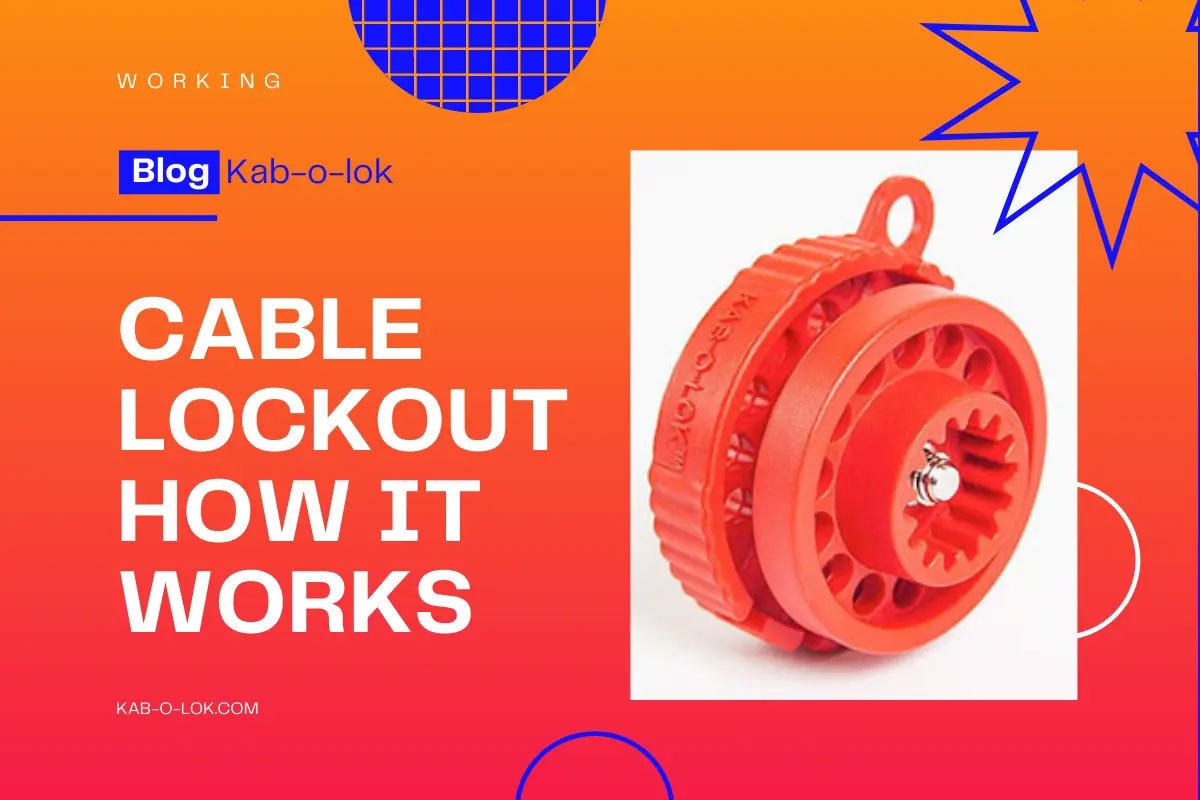
Having dealt with the pros and cons of using a Cable Lockout device to isolate valves in our first blog vis-à-vis metal chains and rigid plastic donut shaped devices, we now focus on how these devices work and the value it brings to your Lockout Tagout program.
A Cable Lockout device generally has a plastic body of different shapes (depending on the design). A PVC coated steel cable of varying diameters and lengths from 1.0 – 10 mtrs. is fixed at one end with the other end looping through valve wheel and body. Once slack is removed the free end returns back to the base unit in which it would be clamped by a mechanism. The mechanism is locked with one or more padlocks and prevents the clamped cable from being released until all padlocks are removed.
Not all Cable lockout devices are made from Plastic – Metal Cable lockouts are also popular and used in steam and other extreme ambient temperature applications where plastic body devices would be considered impractical. Metallic cable lockouts functions however do not differ in any way from their plastic counterparts.
Cable Lockout devices come in various shapes and designs, are lightweight and quickly deployed in the field. Popular cable lockout devices usually allow 3, 4 or more padlocks to be inserted and prevents removal from the energy source until all padlocks have been disengaged.
The following infographic explain how cable lockout works
Multiple designs are available depending on customer preferences. Local availability also plays an important role in the decision making process as end users would seek assurance on sufficient stock availability with distributors in their territory especially during plant commissioning and shutdowns.
* The author of this blog is Qaid Zohar – Director at LOTO Safety, Dubai. This blog is written to educate interested parties on Lockout Tagout products.